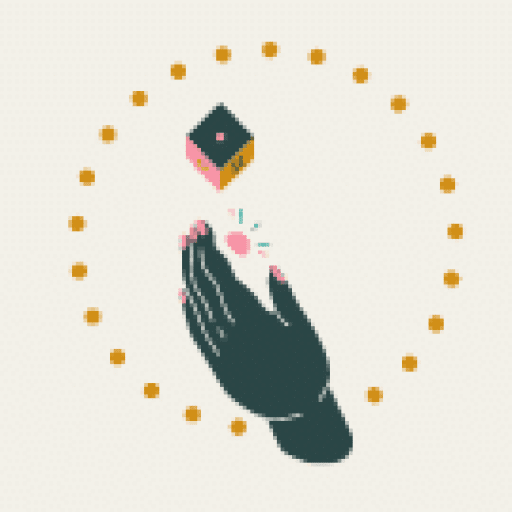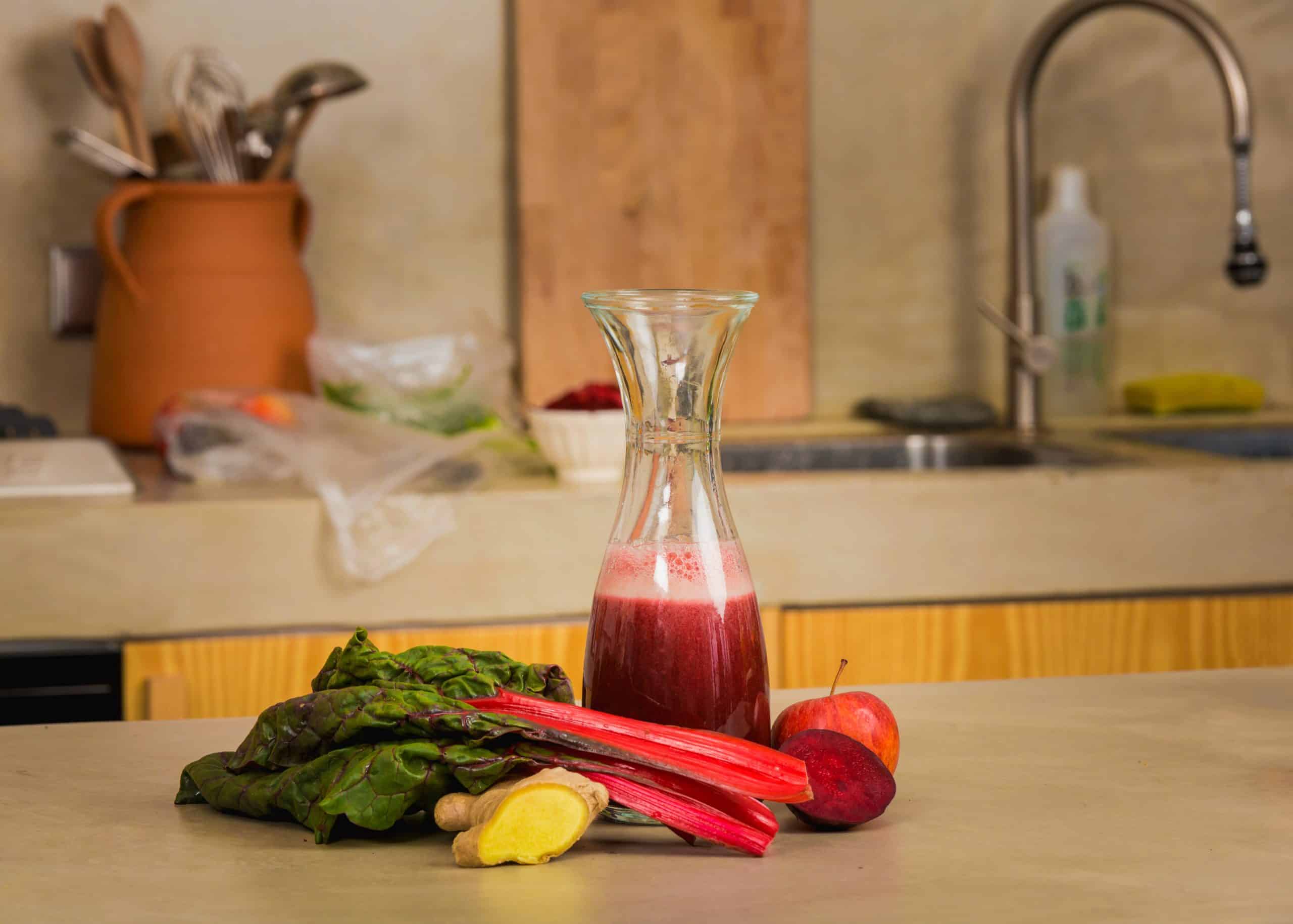As pet owners, you are entrusted with the responsibility of ensuring the well-being of your furry friends. One of the crucial aspects of pet care is diet and feeding, which can significantly impact the overall health and longevity of your cat. However, like humans, cats can also fall victim to weight issues. Overweight cats are increasingly common, and this can lead to a multitude of health problems such as diabetes, arthritis, and shortened lifespan.
Creating an interactive feeding routine for your overweight cat can not only help in weight loss but also stimulate their natural predatory instincts. This article will guide you through the steps needed to devise such a routine, using references from reputable sources like wikihow, scientific studies, and expert opinions. Let’s delve into the various sections that will help you better understand these steps.
Lire également : What Are the Top Rated Digestive Aids for Dogs with Chronic Gastrointestinal Issues?
Understanding Your Cat’s Weight Issue
Before setting up a feeding regimen, it’s important to understand why your cat is overweight. Multiple factors can contribute to this issue, such as overfeeding, lack of physical exercise, or underlying health concerns.
If your cat is noticeably overweight, the first step is to consult with a veterinarian. They can provide a thorough health check, identify any underlying health issues, and provide a target weight for your pet. By understanding these aspects, you can tailor a feeding routine that best suits your cat’s condition.
Dans le meme genre : How to Train a Dachshund Not to Bark Excessively Without Stressing the Dog?
Figuring Out The Right Amount of Food
One of the primary reasons cats become overweight is due to overfeeding. As a responsible pet owner, it’s essential to know the correct amount of food that your cat requires. This will depend on various factors, including your pet’s age, size, and activity level.
Typically, an adult cat should consume around 20 calories per pound to maintain its weight. However, for weight loss, this amount needs to be reduced. Your veterinarian will be able to provide accurate guidance on this aspect.
Implementing the Feeding Routine
Once you’ve determined the right amount of food, the next step is to implement the feeding routine. This means dividing the total daily food allowance into multiple small meals throughout the day.
You can use an interactive feeder or puzzle toy to make each meal a fun and engaging activity. This not only promotes physical activity but also mimics the hunting behavior of cats in the wild. Incorporating these elements into feeding time will make it more appealing and exciting for your cat.
Monitoring Weight Loss Progress
Once the feeding routine is in place, it’s important to monitor your cat’s weight loss progress. Regular weigh-ins are crucial to ensure that the diet plan is working and your pet is losing weight in a healthy manner.
If your cat isn’t losing weight or is losing weight too quickly, it might be necessary to adjust the feeding routine. Keep a close eye on your cat’s behavior, eating habits, and overall health during this period.
Making the Routine Fun and Interactive
Finally, the key to a successful feeding routine is to make it fun and interactive. This means incorporating play and activity into the feeding routine. By doing so, you’re not only helping your cat lose weight, but you’re also enriching their life by stimulating their natural instincts.
Consider using feeding toys that require your cat to solve a puzzle or perform a specific action to get the food. This will keep your cat engaged and active, contributing to weight loss in a fun and enjoyable way.
Remember, the goal of this feeding routine is not only to help your cat lose weight, but also to improve their overall health and well-being.
Establishing a Balanced Diet for Your Overweight Cat
Establishing a balanced diet for your overweight cat is a vital step in the interactive feeding routine. The food you provide should not only aid in weight loss but also ensure the cat receives all the essential nutrients.
The ideal diet for an overweight cat must be high in protein and low in carbohydrates. Consult with your vet for the most suitable cat food options that meet these criteria. Cat food high in protein can help maintain muscle mass during the weight loss journey, while low-carbohydrate content can help prevent further weight gain.
Apart from the regular cat food, consider including dietary supplements that are beneficial for weight loss. Omega-3 fatty acids and fiber can be beneficial additions to a cat’s diet. While Omega-3 fatty acids can aid in weight loss, fiber can promote a feeling of fullness, preventing overeating.
Remember, sudden changes in diet can lead to digestive issues. It’s recommended to introduce new food gradually over a period of 7–10 days. Start by mixing a small amount of the new food with the old one, and gradually increase the proportion of the new food while reducing the old one.
Also, ensure to provide fresh water for your cat at all times. Even though it’s not directly related to weight loss, proper hydration is important for overall health.
Wrap-up: Creating an Interactive and Healthy Feeding Routine
Finally, it’s important to remember that helping an overweight cat shed excess pounds is a delicate process. It involves more than just a change in diet or feeding routine. It is a commitment to improving your cat’s overall quality of life.
A successful feeding routine requires consistency, and you must be patient with your cat. Weight loss in cats, like humans, doesn’t happen overnight. It’s a gradual process that requires time and persistence. Avoid making drastic changes in the feeding routine, as it can stress your cat and lead to other health problems.
Using interactive feeding toys, puzzle feeders, and dividing meals can make the feeding routine enjoyable for your cat. It stimulates their natural instincts and makes them work a little for their food, mimicking their natural hunting behavior.
Regularly monitoring your cat’s weight and adjusting the feeding routine accordingly is an integral part of the weight loss program. Use images thumb or smallheight bigwidth scale to track changes in your cat’s size and weight.
Above all, show affection and give rewards (not food-based) for achieving small milestones. This will motivate your cat and make the weight loss journey less stressful.
By following these steps, you can not only help your overweight cat shed excess pounds but also provide a healthier, more fulfilling life. Your effort will definitely be rewarded with the purrs and cuddles of a healthier and happier cat.






